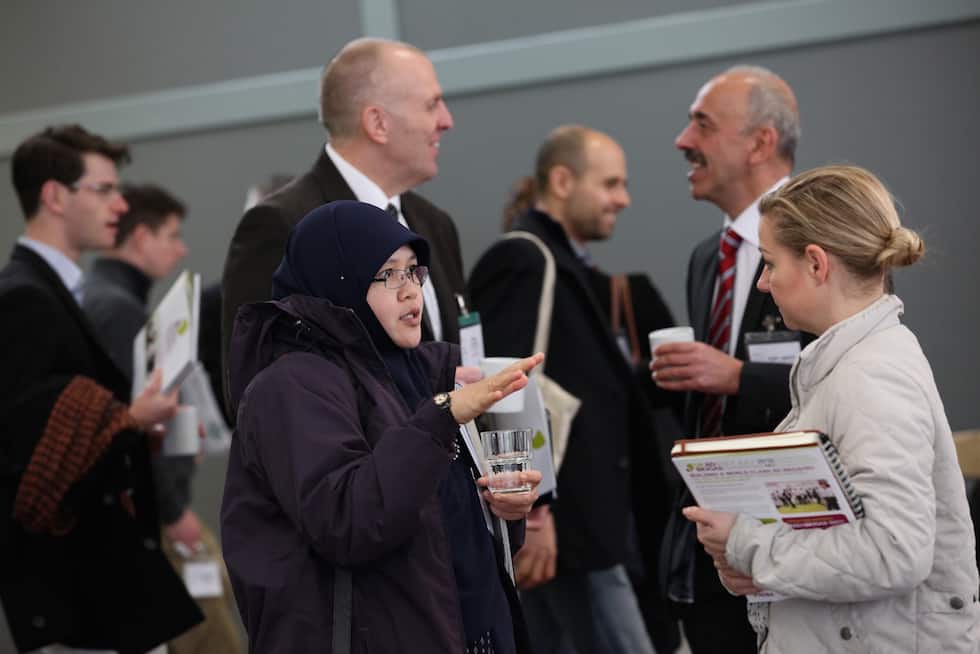The global biogas industry is estimated to be worth £1 trillion but to date, cows produce biogas more efficiently than any tank designed to imitate bovine enteric fermentation.
According to the organisers of a two-day conference taking place in London, a cow‘s stomach is 20-to-30 times better at producing biogas compared to the nearest man made equivalent, which would explain a desire within the anaerobic digestion (AD) industry to understand and replicate processes that take place in nature.
To that end, 7th annual Anaerobic Digestion and Bioresources Association Research & Innovation Forum 2017 will examine ways in which the natural world can inform biogas production, as well as address issues around the impact of Brexit on research funding, examine ways of adding gases to distribution networks without expensive pre-processing, and look at the role AD can play in sustainable agriculture.
The event’s schedule includes the laying out of plans for a Centre for Anaerobic Biotechnology and Bioresources Research, a global centre of excellence that would bring together and coordinate research aimed at making AD a low-cost, multi-functional biotechnology.

According to ADBA chief executive Charlotte Morton, the UK currently exports over £100m worth of AD expertise and equipment each year. A new centre could take this further forward by creating export opportunities estimated at £5bn and 60,000 jobs, whilst contributing to Britain’s energy security and assisting UN Sustainable Development Goals.
The organisers add that with investment in new areas of research, biogas could produce up to 60 per cent of current coal generation, reducing global greenhouse gas emissions by 18-20 per cent.
“Power from AD could be competitive with coal and provide more energy than nuclear does today, but is currently only delivering a fraction of this potential,” commented Dr Mike Mason, Research Fellow at Oxford University and chairman of Tropical Power Ltd. “Further investment via targeted, collaborative research would enable a step change in the cost of AD, allowing anaerobic biotechnology to deliver at a massively greater scale than at present.”
The R&I Forum coincides with a report published today, March 20, 2017 that claims global energy-related carbon dioxide (CO2) emissions can be reduced by 70 per cent by 2050 and completely phased-out by 2060 with a net positive economic outlook.
A jointly drafted report by the International Energy Agency (IEA) and the International Renewable Energy Agency (IRENA) looks at global energy generation and usage and the steps required stay in line with the Paris Agreement and keep any rise in global temperature to below two degrees Celsius.
Perspectives for the Energy Transition: Investment Needs for a Low-Carbon Energy Transition found that 32 gigatonnes (Gt) of energy-related CO2 were emitted globally in 2015. According to the report, emissions will need to fall to 9.5Gt by 2050 to limit warming to no more than two degrees above pre-industrial temperatures. 90 per cent of this energy CO2 emission reduction can be achieved through expanding renewable energy deployment and improving energy efficiency.
Renewable energy accounts for 24 per cent of global power generation and 16 per cent of primary energy supply and to achieve decarbonisation, the report states that by 2050, renewables should be responsible for 80 per cent of power generation and 65 per cent of total primary energy supply.
The joint report from IEA/IRENA can be found here. The R&I Forum takes place on 28-29 March at the Building Centre, London.




Red Bull makes hydrogen fuel cell play with AVL
Many a true word spoken in jest. "<i><b>Surely EVs are the best solution for motor sports</b></i>?" Naturally, two electric motors demonstrably...